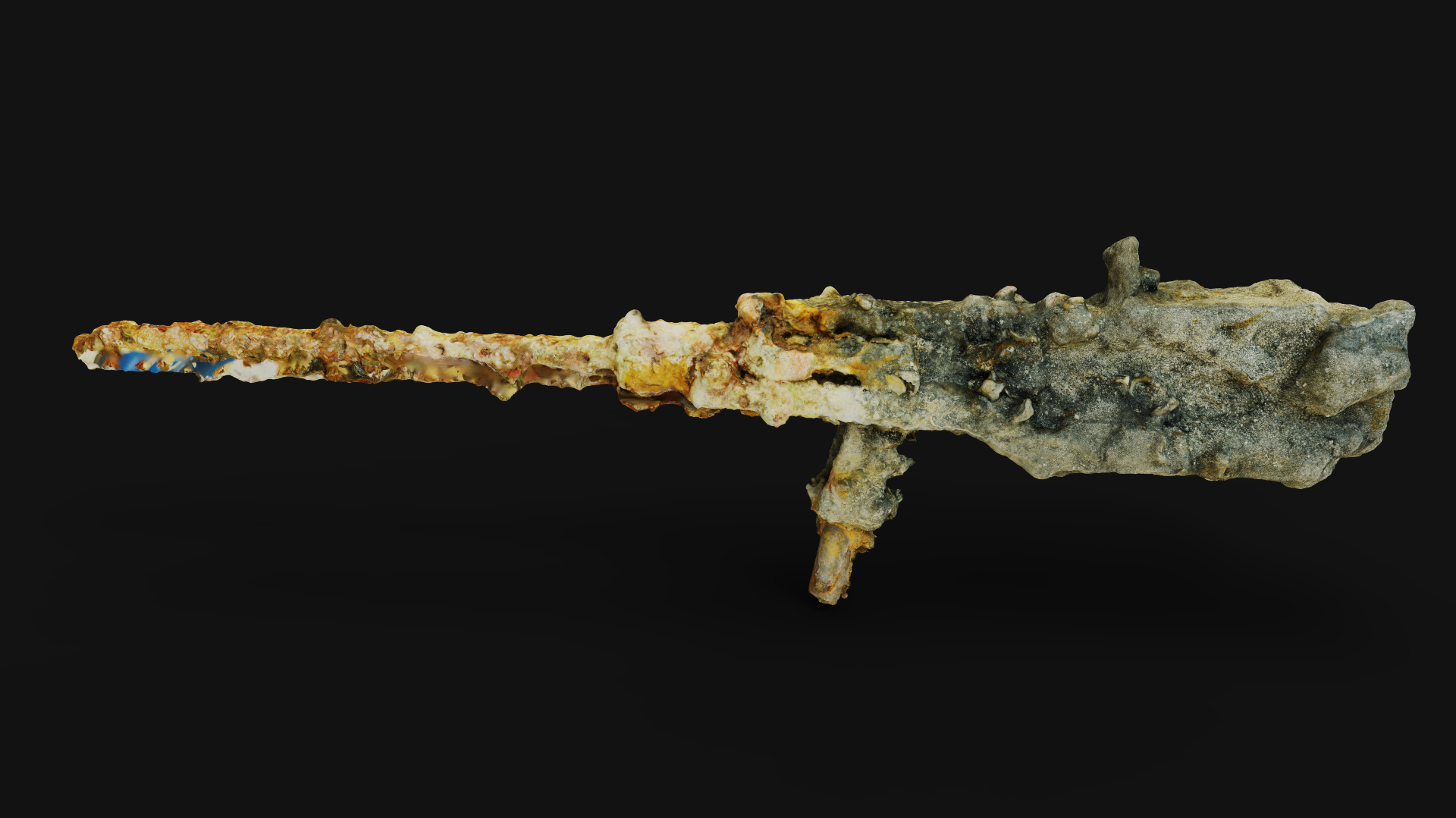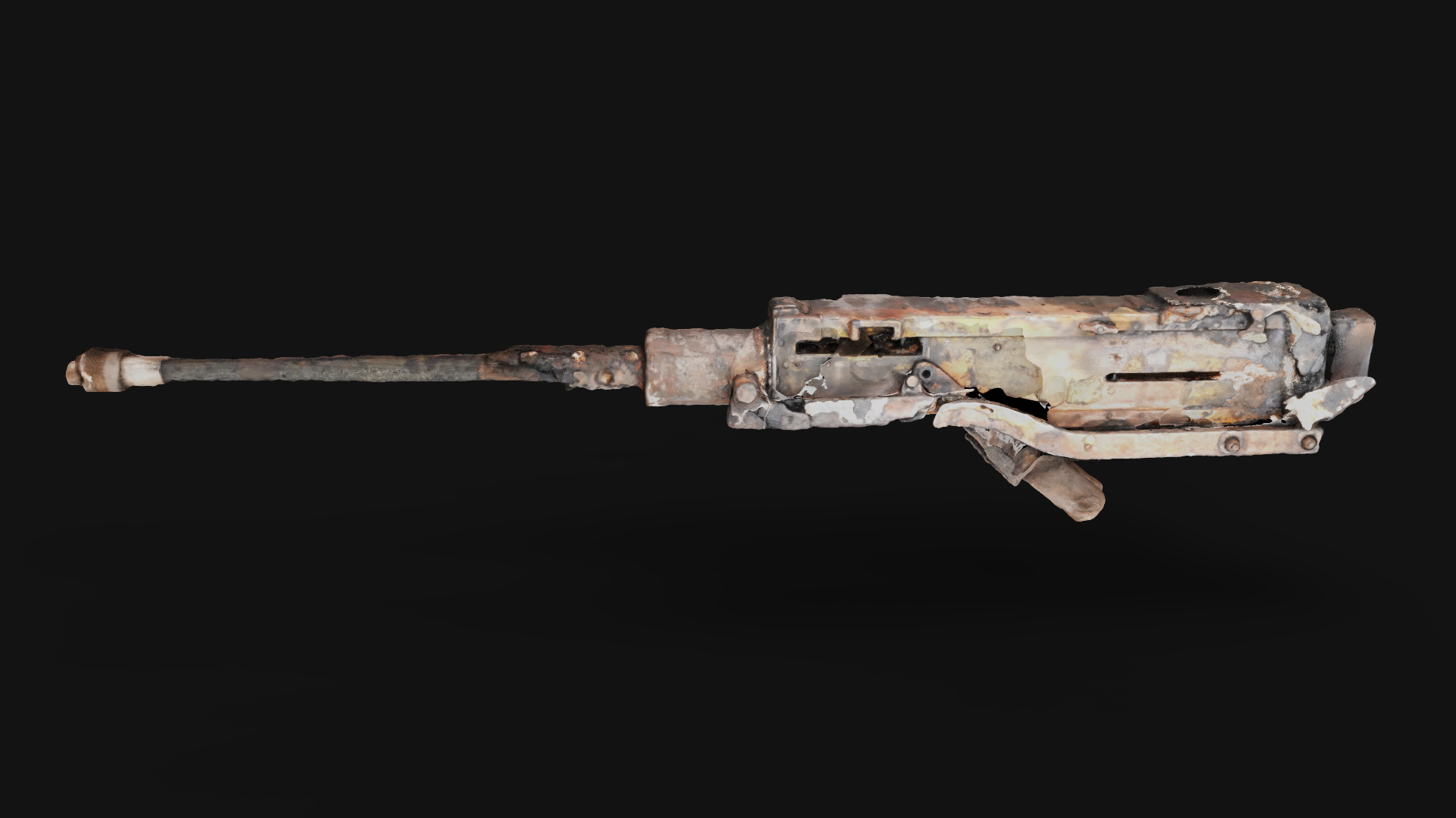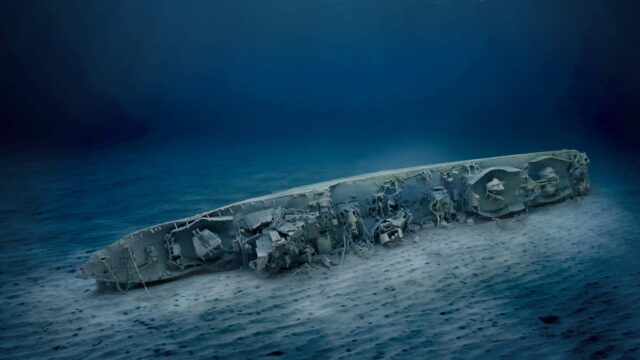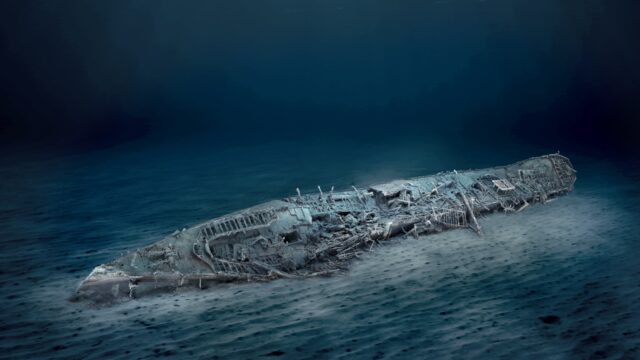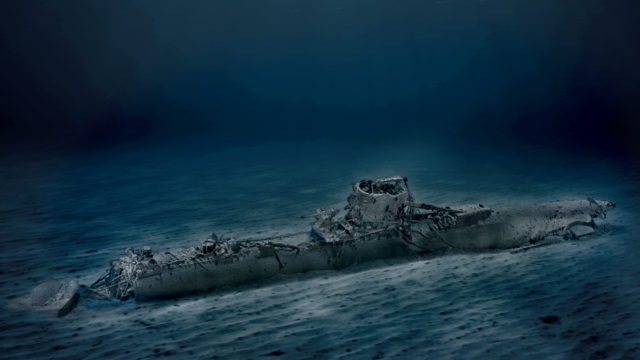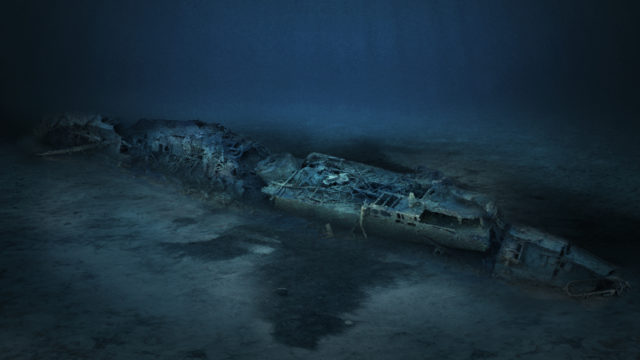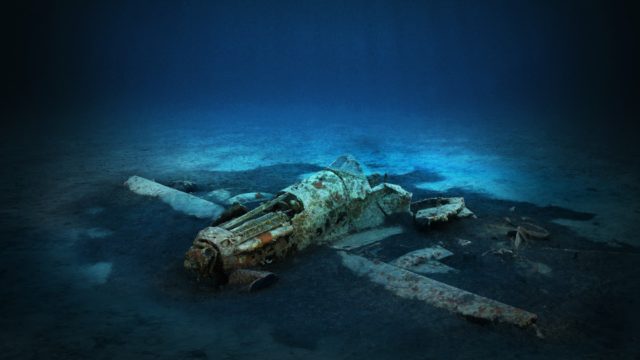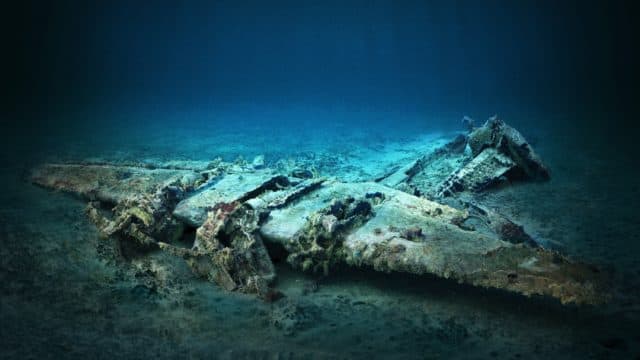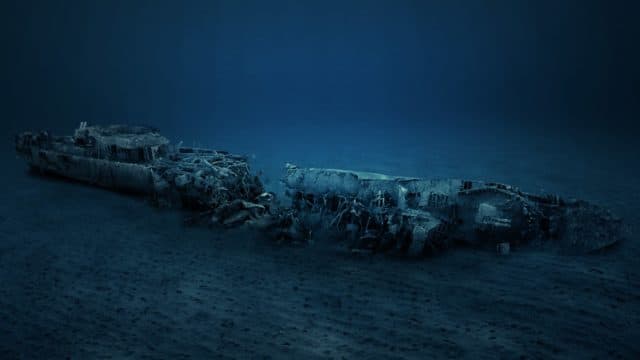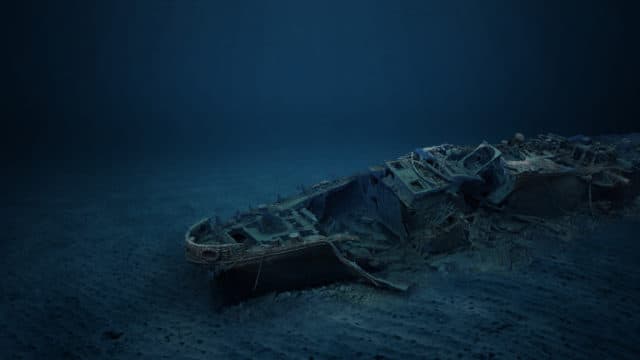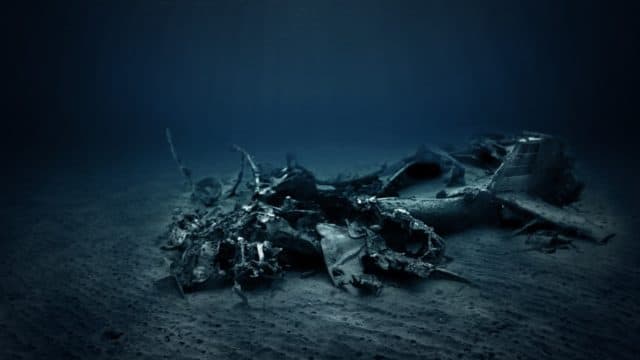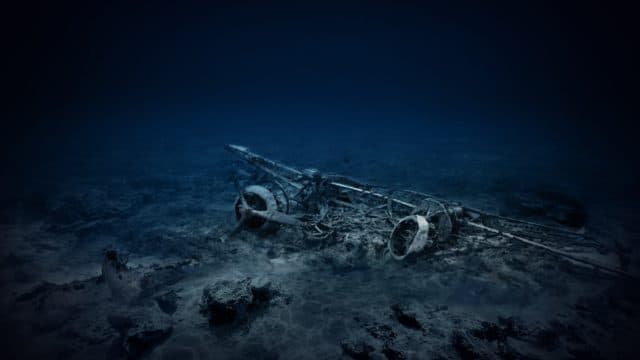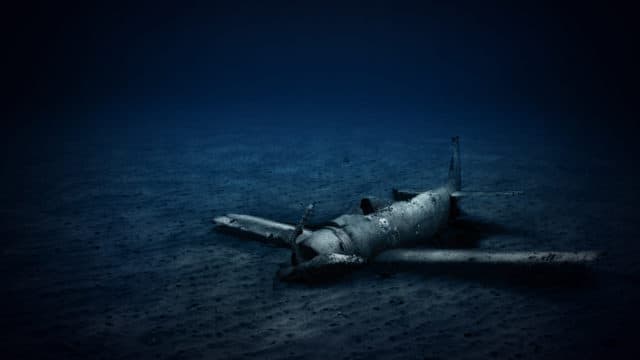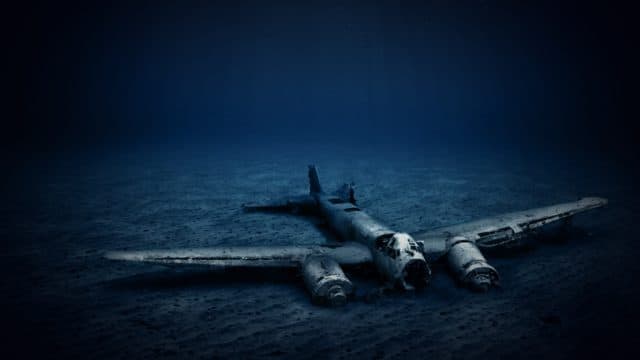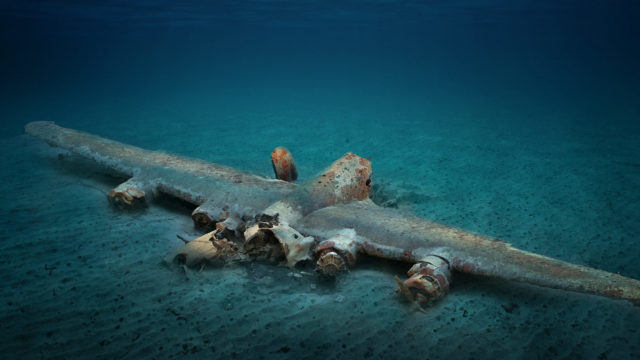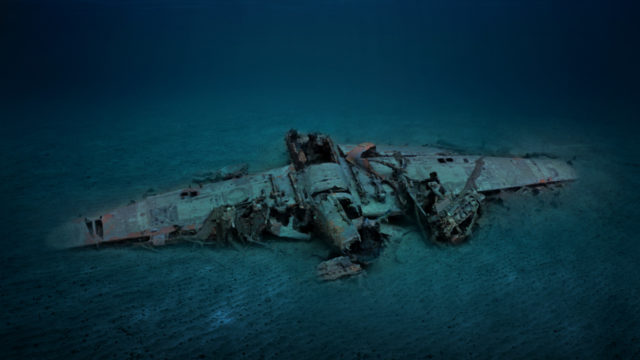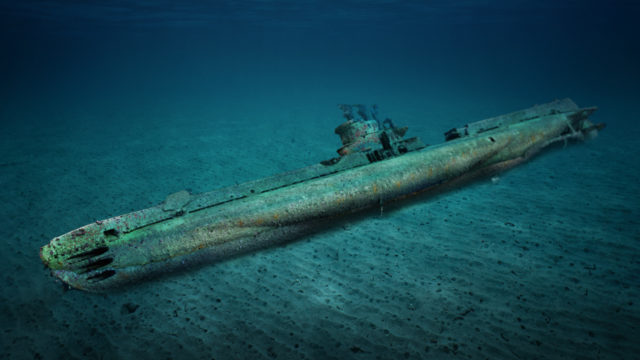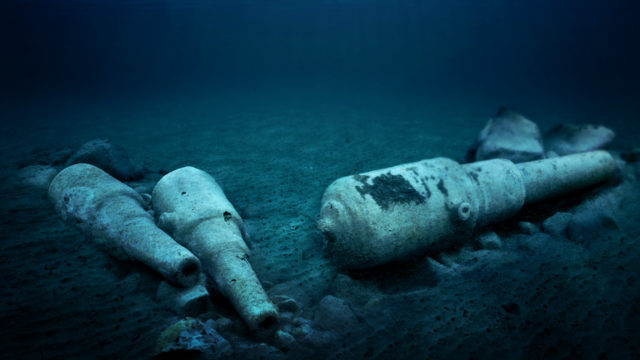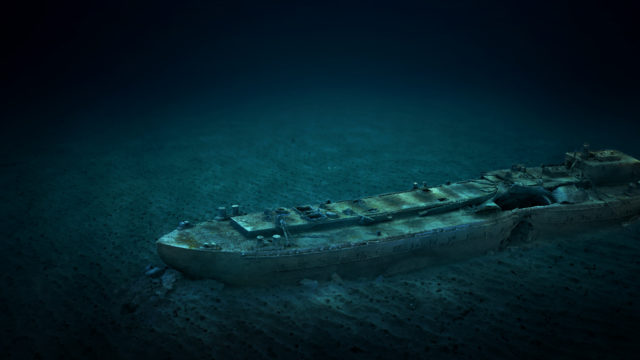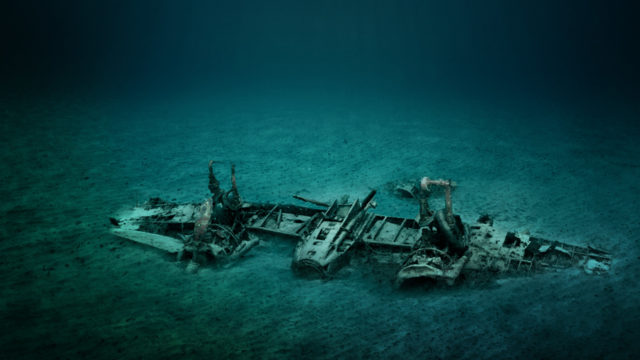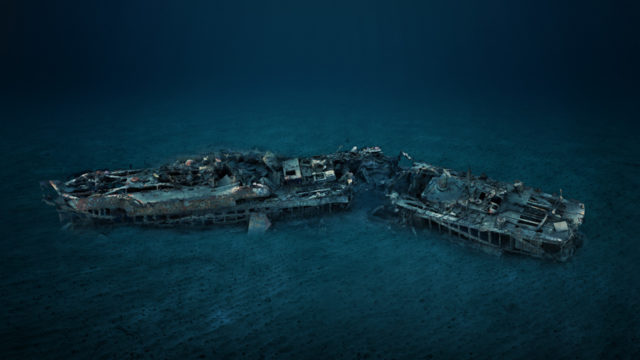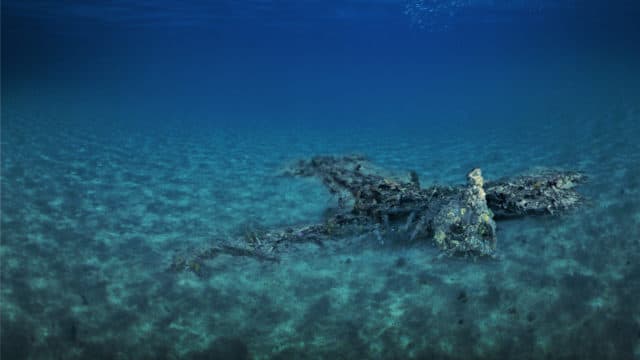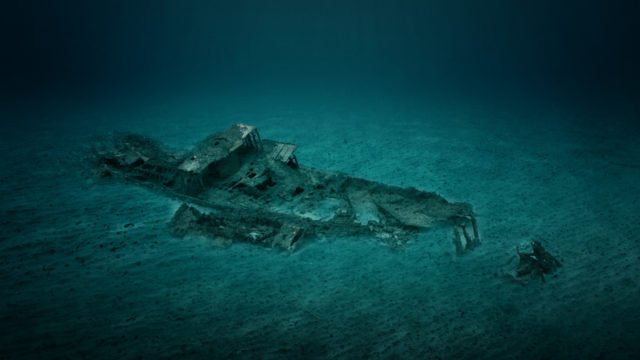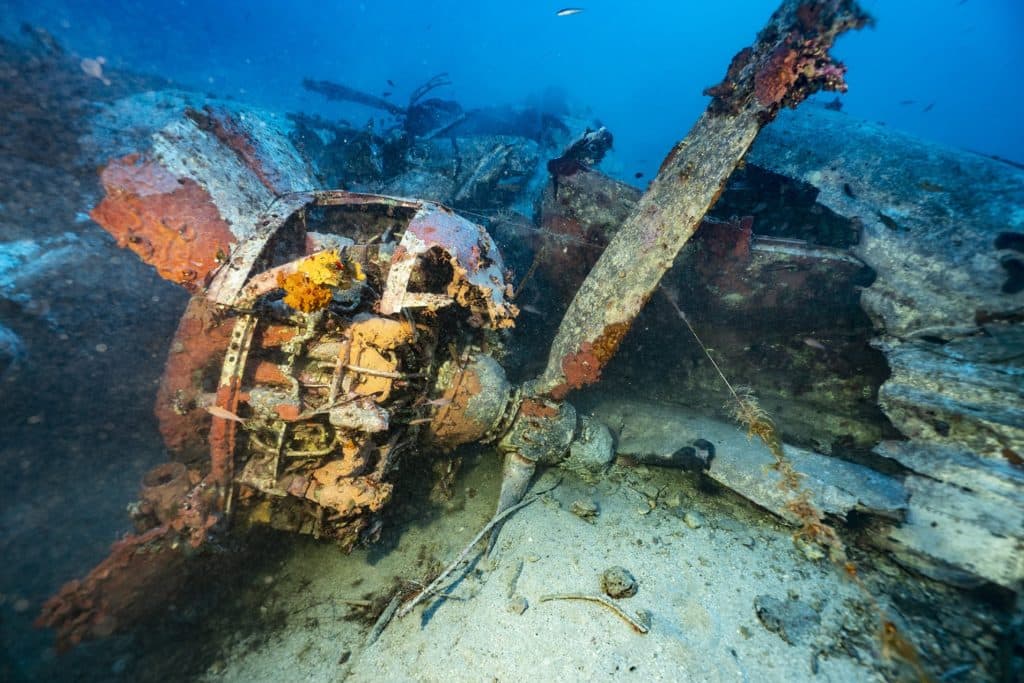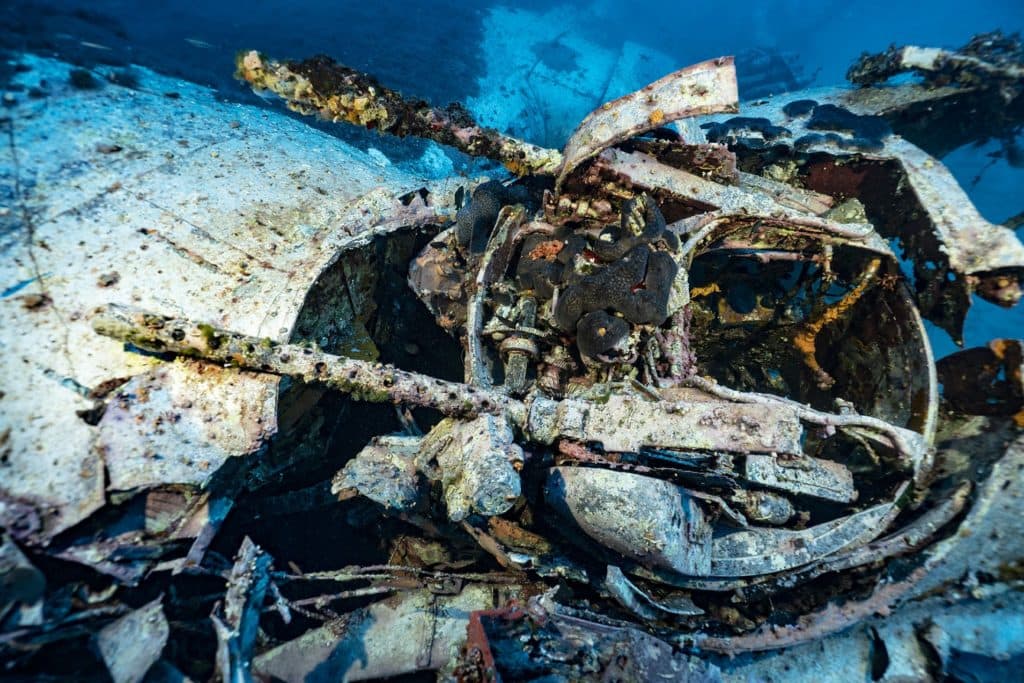B-24 Liberator
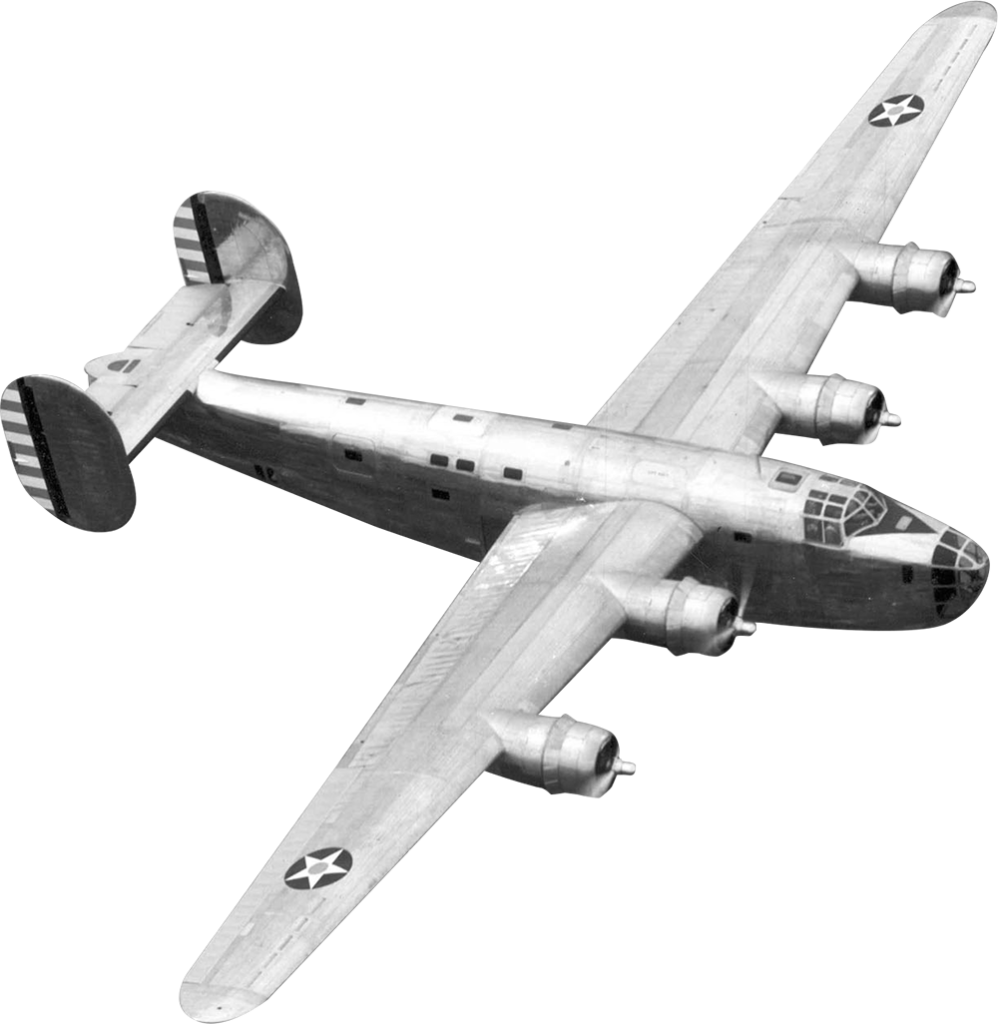
B-24 Liberator
The Consolidated B24 Liberator was an American heavy bomber, designed by Consolidated Aircraft in San Diego. The Liberator is the world’s most produced heavy bomber, multi-engine aircraft and American military aircraft. Throughout the Second World War the B24 was used in all branches of the American Armed Forces and even saw action with Allied forces.
The extensive bombing that took place over the Western European theatre was carried out by B4 liberator aircrafts. This also included most of the heavy bombing that was part of the Italian Campaign between 1942-1943. Reggio Calabria was an important and strategic target for the Allied forces, owing to its harbour and railroad facilities. In early May 1943, Reggio became the target of several air raids. On 6th May, B24 Liberators dropped 110 tons of bombs over the city, mainly targeting the harbour. One B24 Liberator developed engine trouble over the city and after dropping its bomb load the crew decided to fly back to Malta, often used a safe haven for damaged aircrafts returning from Sicily and Italy. After several failed landing attempts at Luqa, the 10-member crew was forced to ditch the plane in the sea. The wheels of the aircraft were lowered when it hit the surface, flipping the plane upside down, and after floating for a few minutes, the tail section sank first and the nose last. Nine crew members survived and were rescued by the Royal Air Force Air Sea Rescue, but one member of the crew remained unaccounted for. The wreck site of the B24 Liberator was discovered in 2015 through a side-scan sonar remote sensing survey and lies approximately 1.5km south-west of Marsaxlokk at a depth of 55 metres on a sandy seabed. In 2018-2019 the US Defence Prisoner of War and Missing in Action Accounting Agency – the DPAA – supported the Maritime archaeology programme at the University of Malta with the excavation of the B24 wreck site. The aim was to conclusively identify the aircraft as the B24 that was ditched at sea on 6 May 1943, and to retrieve the remains of the missing crew member, Sergeant Irving R. Newman. In August 2023, it was officially announced by the DPAA that remains recovered from the wreck could be identified as Sgt Newman. A rosette will be placed next to his name to show he’s been accounted for on the Tablets of the Missing at the Sicily-Rome American cemetery in Italy.
 War Memorial
War Memorial The Wreck.
The wreck of the B24 Liberator was discovered in 2015 through a remote sensing survey and lies approximately 1.5km south-west of Marsaxlokk at a depth of 55 metres on a sandy seabed.
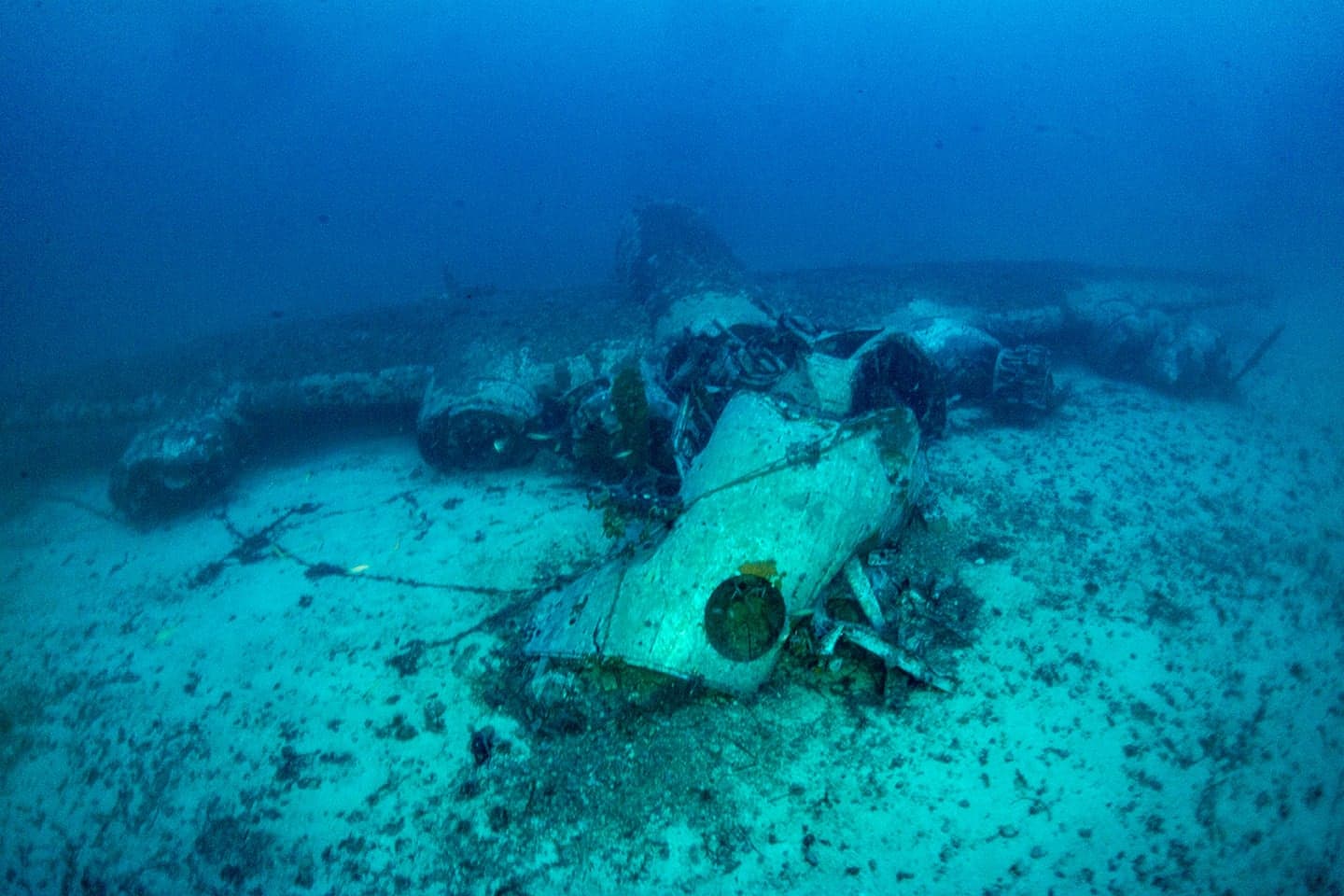
The Browning M2 machine guns
The B24 Liberator was armed with a number of 12.7mm Browning M2 machine guns, mostly mounted on turrets, and found in the nose, waist and dorsal positions. The Browning M2 was a heavy machine gun designed towards the end of the First World War, using 12.7mm cartridges. The air-cooled, belt-fed machine gun had a closed bolt firing cycle and was used in variety of positions, in both fixed and flexible mountings in American military aircraft from the 1930s onwards. On the B24 Liberator the Browning M2 could be found fixed in turrets at the nose and dorsal positions, and flexibly mounted at the waist gun positions. This particular machine gun was recovered from the wreck site of the B24 Liberator, and was probably the port waist gun on the plane. Following its recovery, the gun was taken to the conservation laboratory at Heritage Malta. It has since been cleaned of concretions and is currently undergoing the final phases of its conservation.
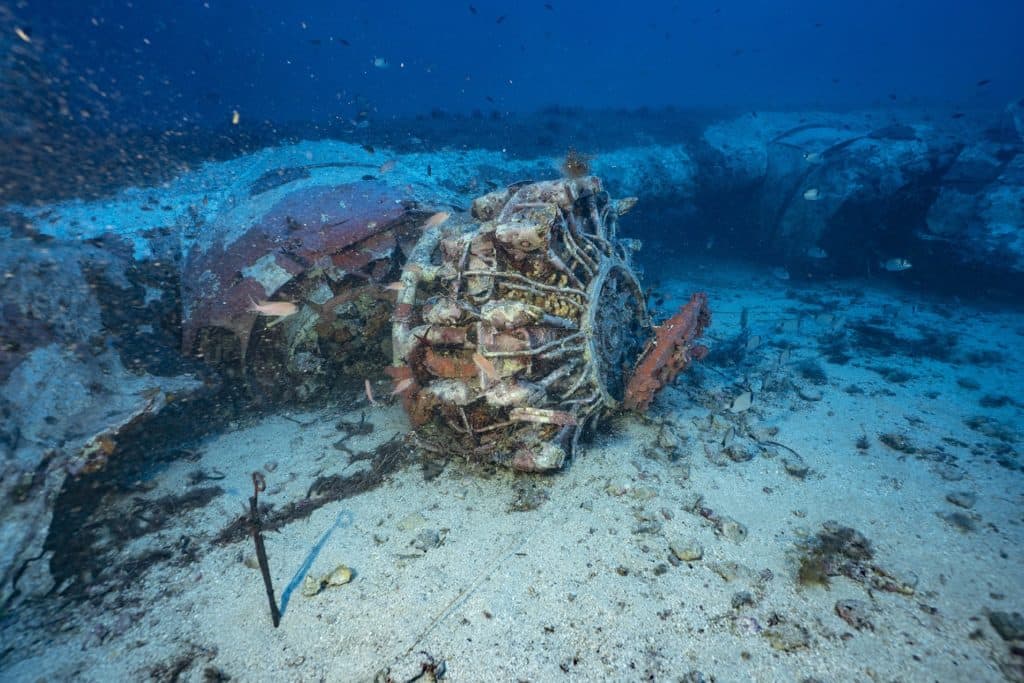
The Engine
The B24 Liberator was powered by four engines, with two positioned on each wing. These engines were air-cooled, twin-row 14-cylinder Pratt & Whitney R1830 radial engines with 1,000hp each, later replaced with turbo-supercharged versions of the R-1830 of 1,200hp and reaching a speed of 310mph, lending them the name of ‘Twin Wasps’. The engines each powered a 3-bladed constant speed propeller, measuring 3.5 metres in diameter. The turbo-charged engine with its oval-shaped cowling would become one of the signature features of the B24 Liberator. This aviation engine was widely used by American aircraft of the 1930s and 1940s, and would become one of the most produced engines in aviation history.
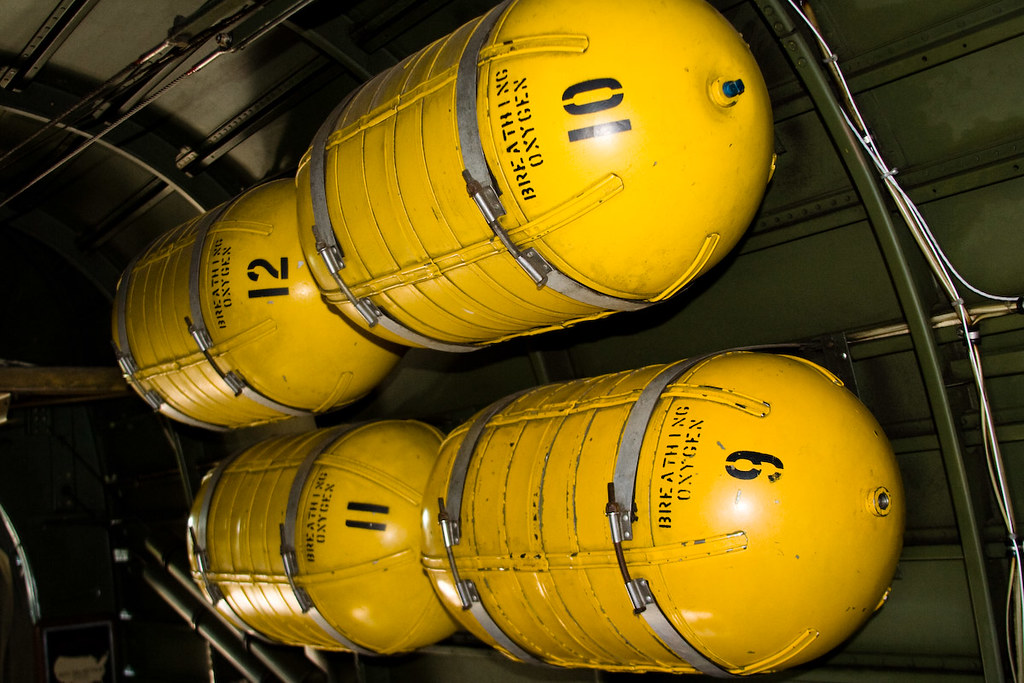
Oxygen Tanks
The crew of the B24 Liberator relied on oxygen masks once reaching a certain altitude. This oxygen was supplied by a high-pressure system that consisted of two batteries of cylinders. One group of 15 cylinders was located under the floor of the flight deck, controlled by a regulator that was on the pilot’s floor. The second group of nine cylinders was located behind the mid-upper turret position, controlled by a regulator that was located in front of the right gun window. This system was in place for the eventuality that one battery of cylinders was empty before the other, allowing the remaining battery and its regulator to serve the aircraft and its crew.
The Cockpit
The pilot and co-pilot sat alongside each other in a glazed cockpit, which formed part of a high-mounted stepped flight deck. The pilots had views to the front, side and top of the aircraft, with the pilot seated in the left seat and the co-pilot on the right seat. A navigator and bombardier were also positioned on the lower deck in the nose of the aircraft, which was also glazed and gave the nose gunner spectacular views in the most perilous location on the aircraft. The radio operator was positioned behind the pilots, facing sideways. In some B24 Liberators an upper gun turret was mounted behind the cockpit and operated by a gunner positioned behind the pilots.


